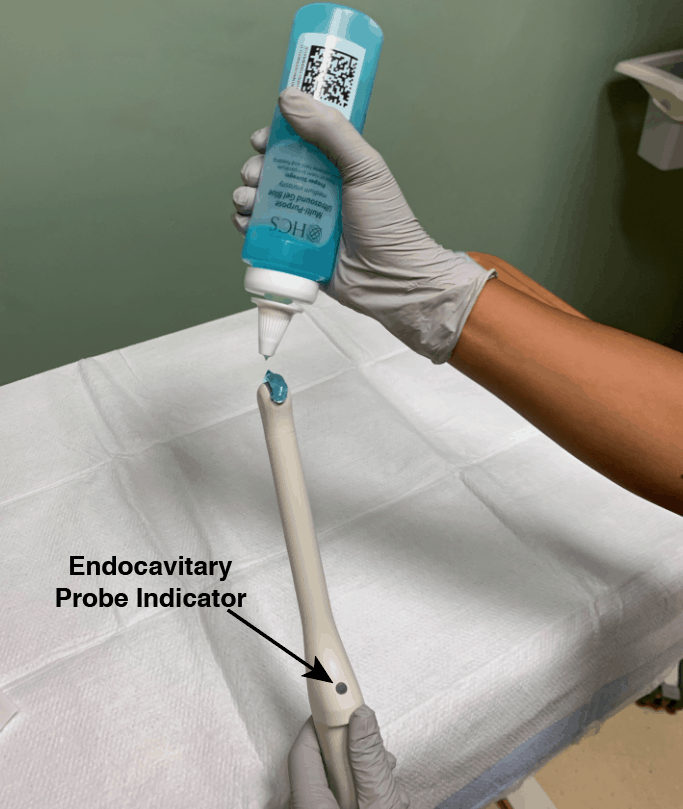A transvaginal scan, also known as a transvaginal ultrasound, is a diagnostic imaging procedure used to examine the female reproductive organs, including the uterus, ovaries, and cervix. Here's what you can expect in terms of discomfort or pain:
What to Expect During a Transvaginal Scan
- Preparation:
- You may be asked to empty your bladder before the procedure for clearer imaging.
- You will lie on an examination table, typically with your thighs up and apart, similar to a gynecological exam.
- Procedure:
- A covered(usually with a condom), lubricated transducer (a wand-like device) is gently inserted into the vagina.
- The transducer sends sound waves to create images of the pelvic organs on a monitor.
- The doctor or technician may move the transducer slightly to get better images.
Discomfort and Pain
- Mild Discomfort: Most women report feeling mild discomfort rather than pain during a transvaginal scan. The sensation can be similar to the pressure felt during a pelvic exam or Pap smear.
- Lubrication: The transducer is lubricated to facilitate insertion, which helps minimize discomfort.
- Movement of Transducer: Some discomfort may occur when the transducer is moved to get different views, but it should not be painful.
- Anxiety and Tension: Relaxing as much as possible can help reduce discomfort. Anxiety and muscle tension can make the procedure feel more uncomfortable.
Managing Discomfort
- Communicate with the operatir: If you feel significant discomfort or pain, inform the operator immediately. They can adjust their technique or take a brief pause.
- Relaxation Techniques: Deep breathing or other relaxation techniques can help you stay calm and reduce muscle tension.
- Preparation: Knowing what to expect can alleviate anxiety. Ask your doctor any questions you have before the procedure.
Special Considerations
- Pelvic Pain or Conditions: Women with certain conditions like vaginismus, pelvic inflammatory disease (PID), or pelvic pain may experience more discomfort. Inform your healthcare provider about any existing conditions.
- Sensitivity: Everyone’s pain tolerance and sensitivity levels are different. What might be uncomfortable for one person could be more or less so for another.
Conclusion
A transvaginal scan is typically not painful, though it can cause mild discomfort. The procedure is important for diagnosing and monitoring various gynecological conditions, and the benefits often outweigh the temporary discomfort. Always communicate with your healthcare provider about your concerns and any discomfort you experience during the procedure.
